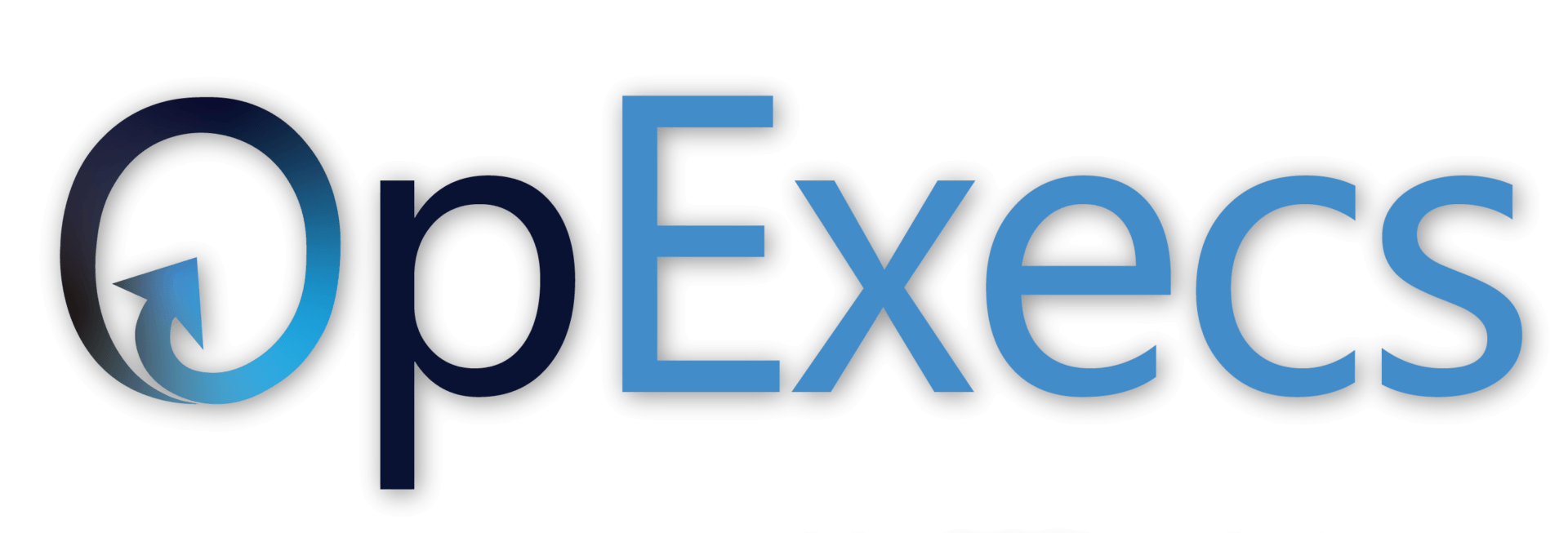Do you really need to tweak your current process? Your competitors are not sleeping, so you too need to “stay awake” to thrive in the current business climate.
Let’s say your organization overcomes a major obstacle that’s been dragging down service levels over the past quarter. Now it’s time for “high 5’s” all around, perhaps celebrate over a beer or glass of champagne. Then it’s back to business while keeping an eye on the key metrics just to avoid from slipping. Well, not so fast. Now’s the right time to keep asking critical strategic questions; What have you learned about your organization? Did you clarify the underlying issues? Was your improvement the result of a “program” or has the company embraced a new cultural behavior that will form a foundation to constantly improve?
It’s rare for continuous improvement to happen in short bursts without a strategic plan that can be measured over an extensive period of time. I’m reminded of the time my organization was reeling from a string of customer complaints related to long lead-times. Because our product was leaving several weeks late, we were air-dropping 400 lb. units instead of using ocean freight. Our quarterly financials suffered as a result of excessive transportation costs, which affected the bottom line.
First, my team rallied around the root-causes for the extended cycle time. This led to tactical planning on the few parts which were arriving late to our receiving dock, thus slowing down the process (not to mention we also uncovered internal pilfering of copper… but that’s another story). After fixing the supply chain issues, we focused on the bigger strategic picture; how to reduce our manufacturing cycle and ocean freight lead-times. This led to interesting long-term continuous improvement activities including numerous kaizen events, “poka-yoking” the assembly process, strengthening our vendor managed inventory levels, reinforcing the cycle counting procedures, and eventually sparking a conversation on “point-of-use” customer inventory for their top SKUs. It took a year, but OTD metrics consistently increased month-over-month exceeding the 98% target. None of this would have happened had we stopped to pat ourselves on the back after one small victory.
